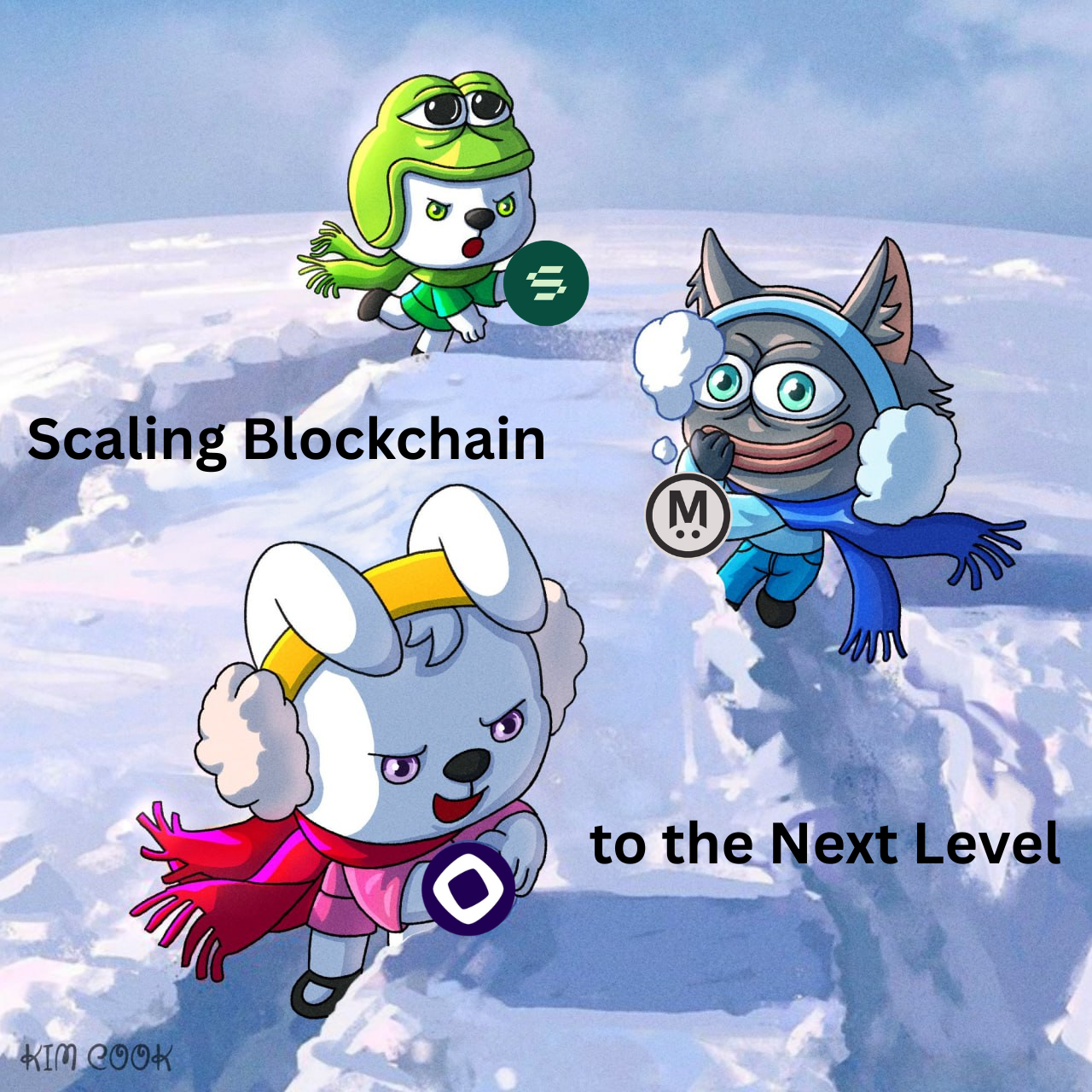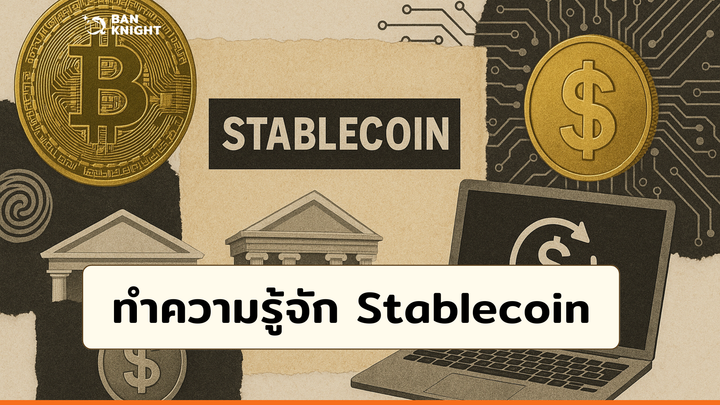Scaling Blockchain to the Next Level: Monad, MegaETH, and Solayer Compared

When you hear people talk about scaling blockchains, it usually sounds like marketing. But the new wave? It's real. It's fast. And it’s about to change everything.
Let’s break down three real contenders — Monad, MegaETH, and Solayer — all pushing TPS limits way past what anyone thought was possible. No buzzwords, just results.
Monad: Scaling Ethereum Without Breaking It
Monad is probably the cleanest scaling story out there.
They’re not trying to reinvent the wheel — they’re sticking to the Ethereum Virtual Machine (EVM) standard so that apps, wallets, and infra stay compatible. You don't need to rewrite anything. It just works.
But under the hood? Different beast.
Monad uses parallel execution and superscalar pipelining — think doing your laundry in batches instead of one-by-one. Transactions still land in order, but the work happens at once, not in a line.
- 10,000+ TPS live on testnet
- 500ms blocks
- 1s finality
Basically, it feels like Ethereum — but it moves like Solana speed with Ethereum decentralization.

MegaETH: Ethereum Turned Up to 11
MegaETH doesn’t just want to scale Ethereum. They want it to feel instant.
They're streaming transactions like Netflix streams shows — sub-millisecond latency, 100,000+ TPS already moving on testnet. And still tying everything back to Ethereum Layer 1 for security.
How they do it:
- EVM bytecode compiled straight to native code
- Hyper-parallelized execution
- Turbocharged databases
- Low-latency broadcasting
MegaETH is real-time Ethereum — no more “pending” forever. No weird sidechains, no compromises on decentralization.

Solayer: Scaling by Upgrading the Hardware Itself
While Monad and MegaETH are optimizing software, Solayer asked the bigger question:
"What if the real limit isn’t code — it's hardware?"
So they built InfiniSVM: a full-stack blockchain where signature checks, transaction sorting, storage, even networking — all offloaded to dedicated hardware.
The result?
- Targeting 1M+ TPS (yes, a million)
- Ultra-fast RDMA networks
- Multi-Executor parallelism
- Hybrid PoA + PoS consensus
- Composable, on-chain automation
Solayer isn’t just speeding up blockchains — they’re redesigning how blockchains even run at a system level. Real-world infra meets crypto.
And it shows: they're already hitting 340,000 TPS on internal devnet.

TLDR: Three Different Visions for the Same Goal
- Monad: Same Ethereum stack, but 100x more usable.
- MegaETH: Ethereum UX so fast it feels like web2.
- Solayer: Break the hardware bottleneck completely.
All three are aiming at the same prize: making DeFi, gaming, social apps, and everything else work at global scale. The difference is how they attack the problem.
Right now, Monad looks like the "safe bet" scaling upgrade, MegaETH feels like the hyper-optimized turbo version, and Solayer — if they pull it off — might actually change what a blockchain even is.
Final Thoughts
Blockchain scaling isn’t about winning fake tps benchmarks anymore. It’s about solving real bottlenecks: execution, storage, networking, and composability.
Monad, MegaETH, and Solayer are each tackling different pieces of the puzzle — and honestly, all three are delivering some serious heat.
Next cycle? It’s not just gonna be about L2s anymore. It’s gonna be about who can actually scale without losing what made crypto real in the first place.
And based on what these teams are doing — we’re closer than people think.



Comments ()